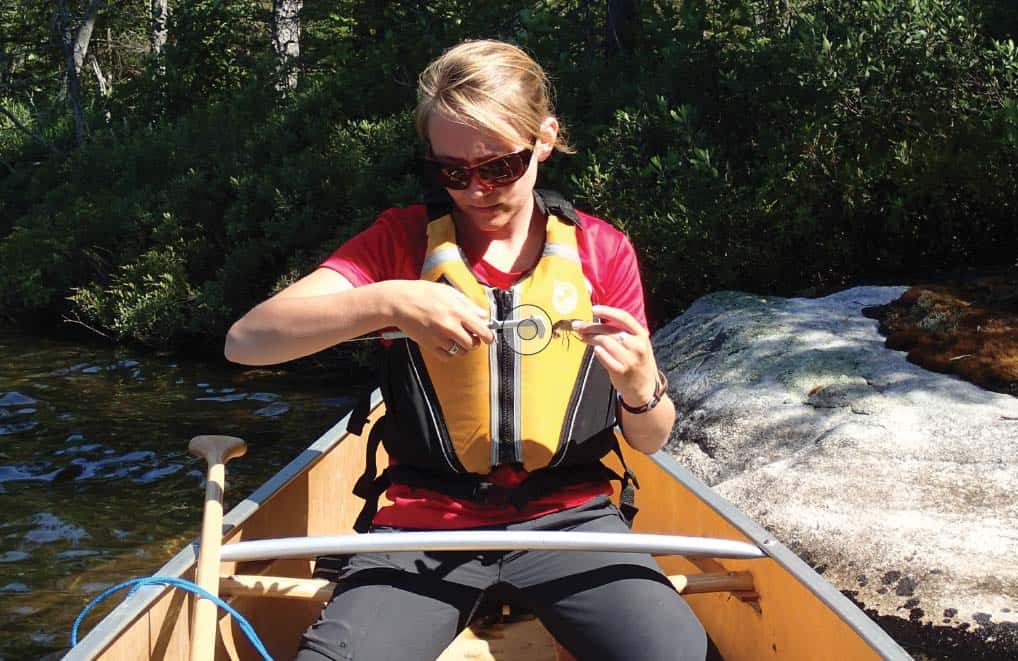
By Alissa Johnson
In the last two issues of Wilderness News, we’ve taken a look at climate change in the northwoods. In this final installment, we look at some of the things people are doing to cope with and address climate change.
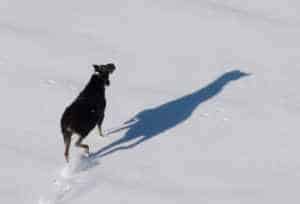
In the Quetico-Superior Region, climate change is not something looming on the horizon. Change is underway in the form of warmer winter temperatures and signs of maple and oak species taking root in the forest’s understory, among many other trends. According to some scientists, the region is an “epicenter of warming.” As daunting as that can be, something else becomes evident with climate research: responses are underway. From land management agencies to academic institutions to impassioned individuals, people are working to understand, prepare for and find solutions for climate change in the Quetico-Superior Region. Here we look at three examples to see what individuals can learn about taking action:
Quetico Provincial Park: Gathering Information to Make Sound Decisions
According to Brian Jackson, Park Biologist at Quetico Provincial Park, several studies related to climate change are underway. The Park is monitoring select lakes to understand how temperature gradients in the water might be affected by changing air temperatures, and is also part of an ongoing study led by University of Minnesota Duluth Assistant Professor and Natural Resources Research Institute Senior Research Associate Ron Moen, to understand how moose behavior is affected by temperature. The Park has partnered with Voyageurs National Park and the University of Minnesota to gather information on plant species in order to predict how their ranges might shift with changes in climate, and is also monitoring songbirds, fish, amphibians, and aquatic ecosystems, including invasive species.
“Our research is trying to understand the impacts and predict the impacts… We’re trying to help understand what’s going on,” Jackson explained. Each study has an objective that relates to potential management decisions—not just in Quetico, where there is less hands-on management than other parts of the region, but across the broader area. Jackson pointed out that Quetico provides a unique environment to study climate change because it is subjected to fewer stressors than surrounding areas. There are no timber harvests or other forms of resource exploitation, so biologists can form a clearer picture of what climate change means for the ecosystem.
“From our point of view, this is one important reason the parks exist,” Jackson said. If, for example, scientists determine that moose need specific types of habitat to cope with warmer temperatures, that can be integrated into land management decisions so those types of habitat are protected. “We’re trying to understand [climate change] better and assist in adapting.”
With one park biologist for Quetico and finite funding, the advantages of undertaking these studies with other organizations are clear. The Park can engage in a wider range of studies, and researchers gather better data. Rather than studying five moose in Quetico, Jackson said as an example, they can study 50 across a wider region, yielding better results. He added that those partnerships have been enhanced by coalitions like the Heart of the Continent Partnership, a group of Canadian and American land managers that have been developing cross-border relationships. “When you don’t have that community, you find out you’re both working on the same project independently when it’s too late to work together.”
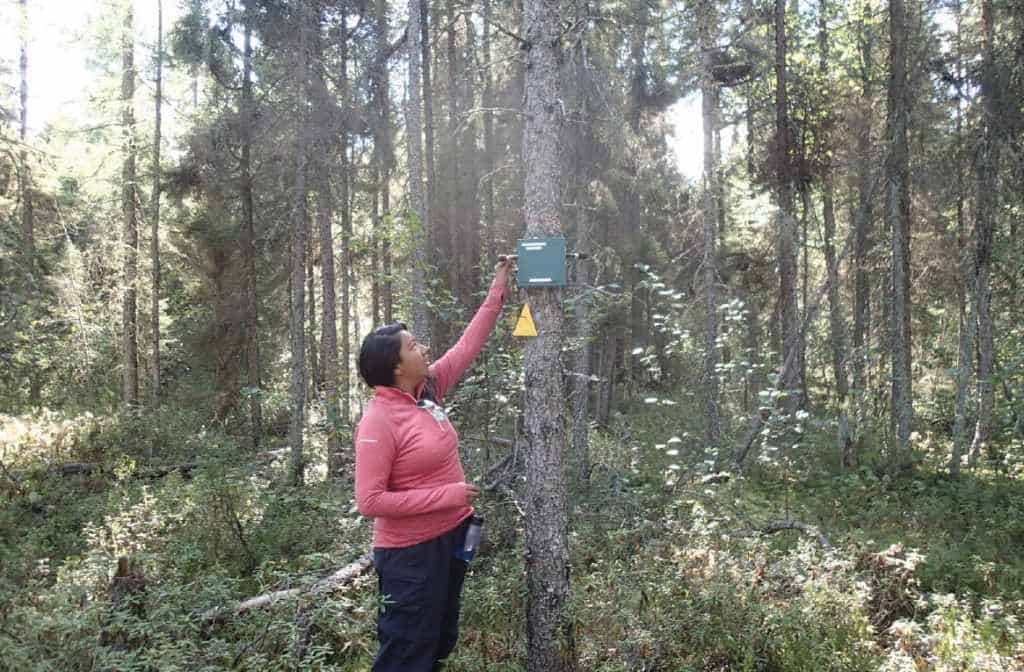

North Shore Community Climate Readiness: Helping the Public Adapt
While land managers can certainly make use of climate information, the researchers behind North Shore Community Climate Readiness saw a need for communities to have that information too. Funded by the Minnesota Sea Grant, nine scientists and 13 graduate and undergraduate students from the University of Minnesota, Carleton College and NC State University set out to understand what climate change means for North Shore tourism and share it with the people whose livelihoods depend on it.
“One of the ultimate aims is to try to reduce the uncertainty around climate change and the impacts to recreational tourism through research, and in reducing that uncertainty, build readiness to help local business owners, residents, and decision makers think through and anticipate those changes and develop adaptation plans,” Mae Davenport, Associate Professor in the University of Minnesota Department of Forest Resources, said.
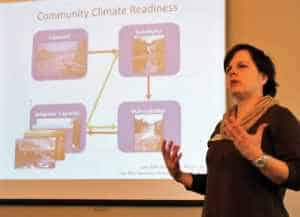
The 2015 project assessed historical visitation patterns to understand how visitor levels changed with factors like temperature or precipitation. They then used those findings to predict how visitation might shift as climate changes. The team also surveyed over 2,000 North Shore visitors about their climate change beliefs and travel patterns, and yet another aspect of the project assessed the capacity of communities to adapt to climate change by meeting with business owners, recreation and tourism professionals, and government officials in key communities.
According to Davenport, the project found that under current adaptation scenarios, regional visitation and visitation by people who are emotionally attached to the region—in other words, people who aren’t just there to do a singular activity like ski or snowmobile, but love the North Shore—might go up. But without intervention, it won’t be enough to offset those who are not emotionally attached and will go elsewhere. Tourism is projected to decline 7% by 2050 assuming that existing recreation and tourism services do not change. Davenport emphasized, however, that there are opportunities for business owners and communities to prepare for climate change and impact that projection.
“What we’re telling local leaders and business owners is the more you can do to anticipate the changes in temperature and develop experiences that are not weather dependent, or that respond to different conditions or shift to the shoulder seasons… that will change the formula,” Davenport said.
The project found another silver lining too: 78% of survey respondents said they were very sure or extremely sure that climate change is happening, and 37% said they would be willing to contribute $30 or more to climate adaptation efforts. The tourists these communities want to keep could be a resource in preparing for climate change.
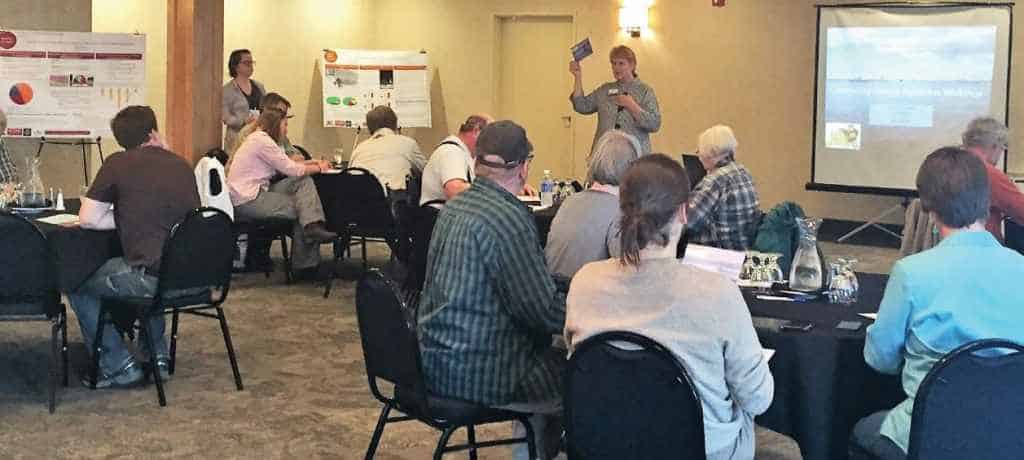
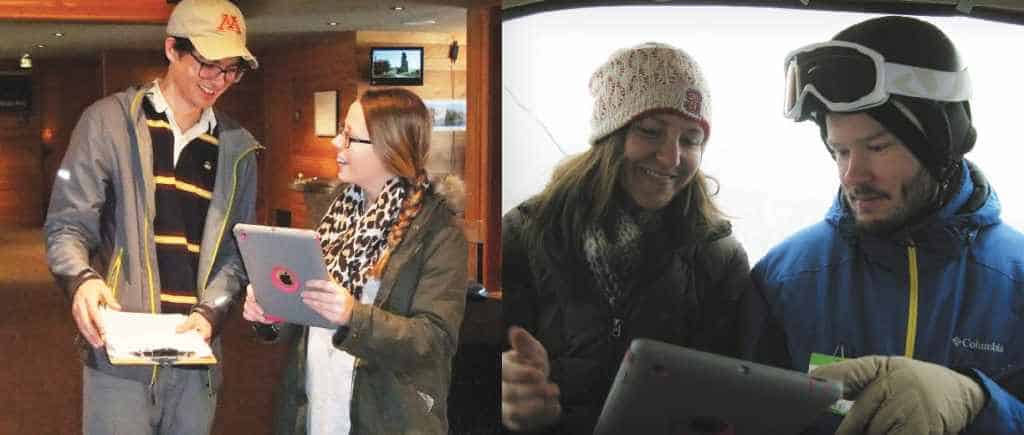
Steger Wilderness Center: A Space for Problem-Solving
Even as the public looks for ways to act on climate change, there remains a need for larger, big-picture discussions to take place. Polar explorer Will Steger has long understood the transformative power of the wilderness experience as well as the role of small groups in promoting collaboration. Preconceived ideas and roles fall away, and individuals step up to the demands at hand. As a result, Steger has long dreamed of using that small group, wilderness setting to reach the world’s leaders. During the 1980s, when he traveled to the North Pole and traversed Antarctica by dog sled, he imagined building a center that would provide a space for decision-makers to examine the day’s biggest challenges in new ways, even beginning to design the facility from his tent during his 1989-90 International Trans-Antarctica Expedition. Now, as the Center nears completion, Steger sees the need for it more than ever—for climate change and many other challenges of the day.
“This is a difficult time, a time of great opportunity and a time of incredible challenges as our whole infrastructure and the way we do everything changes, and in so many ways climate is a central focus of that,” Steger said.

Located near Ely on the edge of the Boundary Waters Canoe Area Wilderness, the center and associated buildings, including Steger’s home, sit on land that he purchased at the age of 19. He moved there during his 20s to live off the grid, not even a road to his homestead, which doubled as home base for his winter dogsled school during the 1970s. When Steger began his polar expeditions, it was with the clear understanding that the more he made a name for himself as an explorer, the more influence he would have. “Each expedition was a means to an end to build that Center because each expedition gave me more access and more opportunities,” Steger said.
When completed, Steger envisions the Center as a sort of “Camp David” where people with different views can close the doors, have no interface with the outside world, and dream up solutions to the day’s biggest questions, whether that’s developing new technologies or working on climate policy. He has already piloted small group programs and plans to host two more in the coming year. It’s a dream brought to life by many hands, including volunteers, interns, and college classes. And along the way, the Center has partnered with the University of St. Thomas, Cummins Power Generation and Sundial Solar to become the first renewable energy micro-grid, or small-scale independent energy grid, in Minnesota—a demonstration project of sorts to show what’s possible with renewable energy. As a result, the Center’s role is two-fold: creating a space for problem-solving and setting an inspirational example for others.
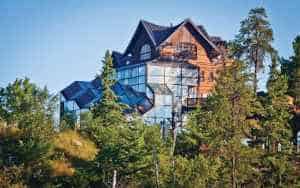
Throughout this climate change series, it has been evident that there is something about the size and scale of climate change that makes it hard to discuss—sometimes even harder to bring up. Yet it is also evident that there is a hunger for the conversation. As Davenport said about the climate readiness project, “I want to emphasize how supportive and committed the local community members have been for this project. There really is a hunger for this knowledge.”
It’s looking at the North Shore Community Climate Readiness project alongside Steger’s vision for the Steger Wilderness Center—and even the way that Quetico partners with other land management agencies—that the antidote becomes clear. Everywhere that people are active in climate change, they are active together. It is in groups and through groups that they get educated, look for solutions, and tackle challenges together. Perhaps if there is one place to start it is with just that: look for groups in your community where the conversation has already started.
Here are three resources where the Quetico Superior climate discussion is ongoing:
www.northshoreclimate.com
www.stegerwildernesscenter.org
www.climategen.org
Originally published in Wilderness News Fall 2016

